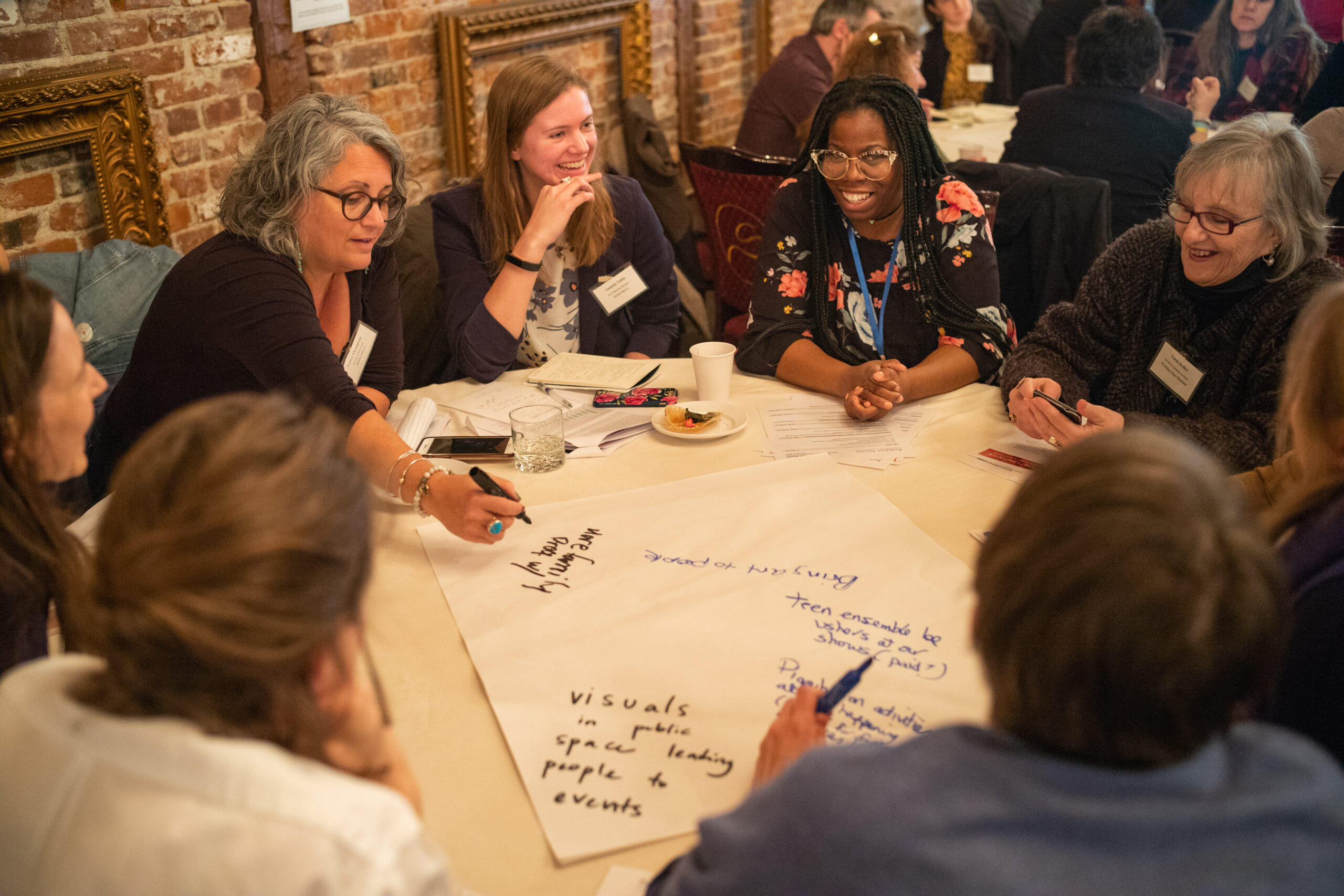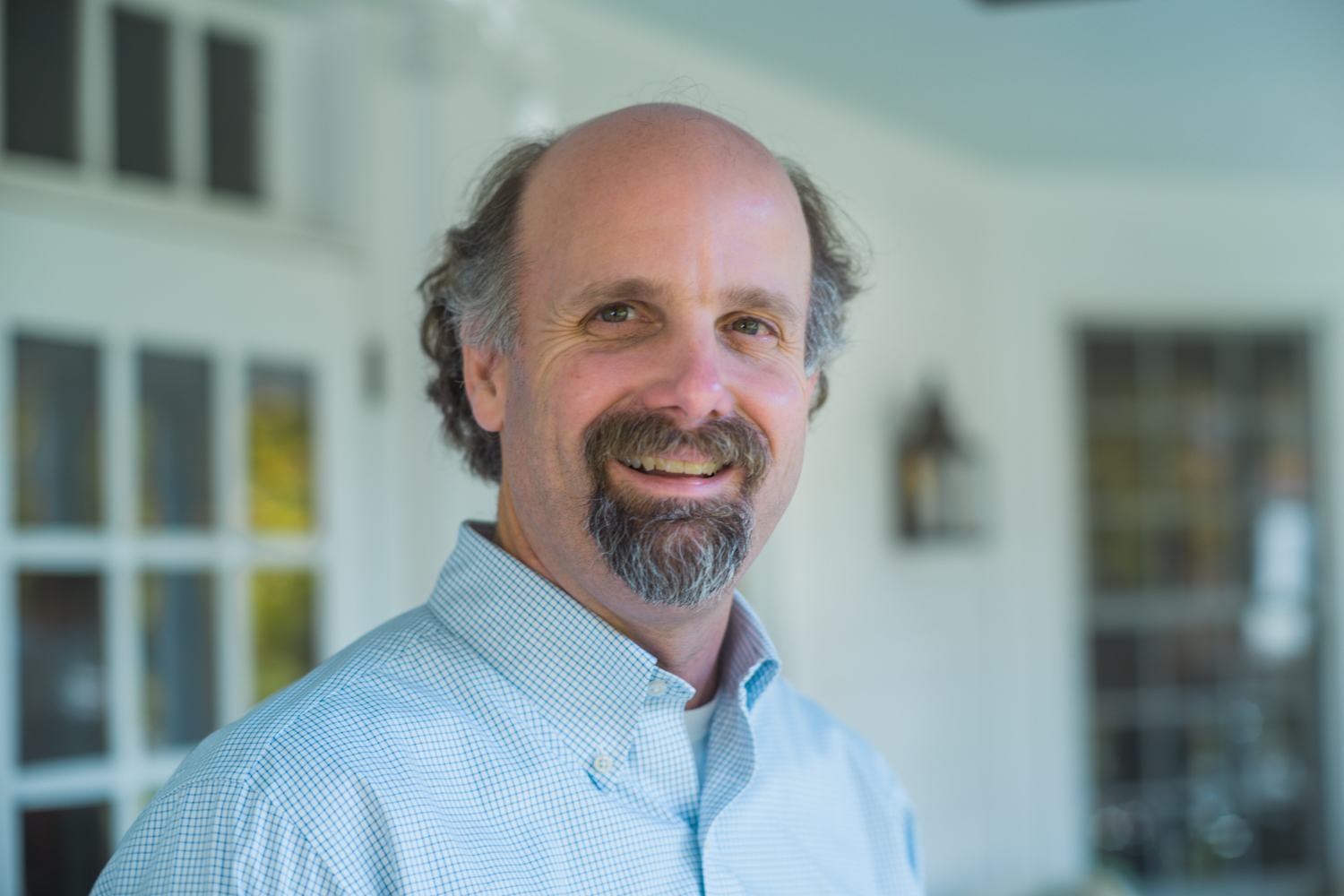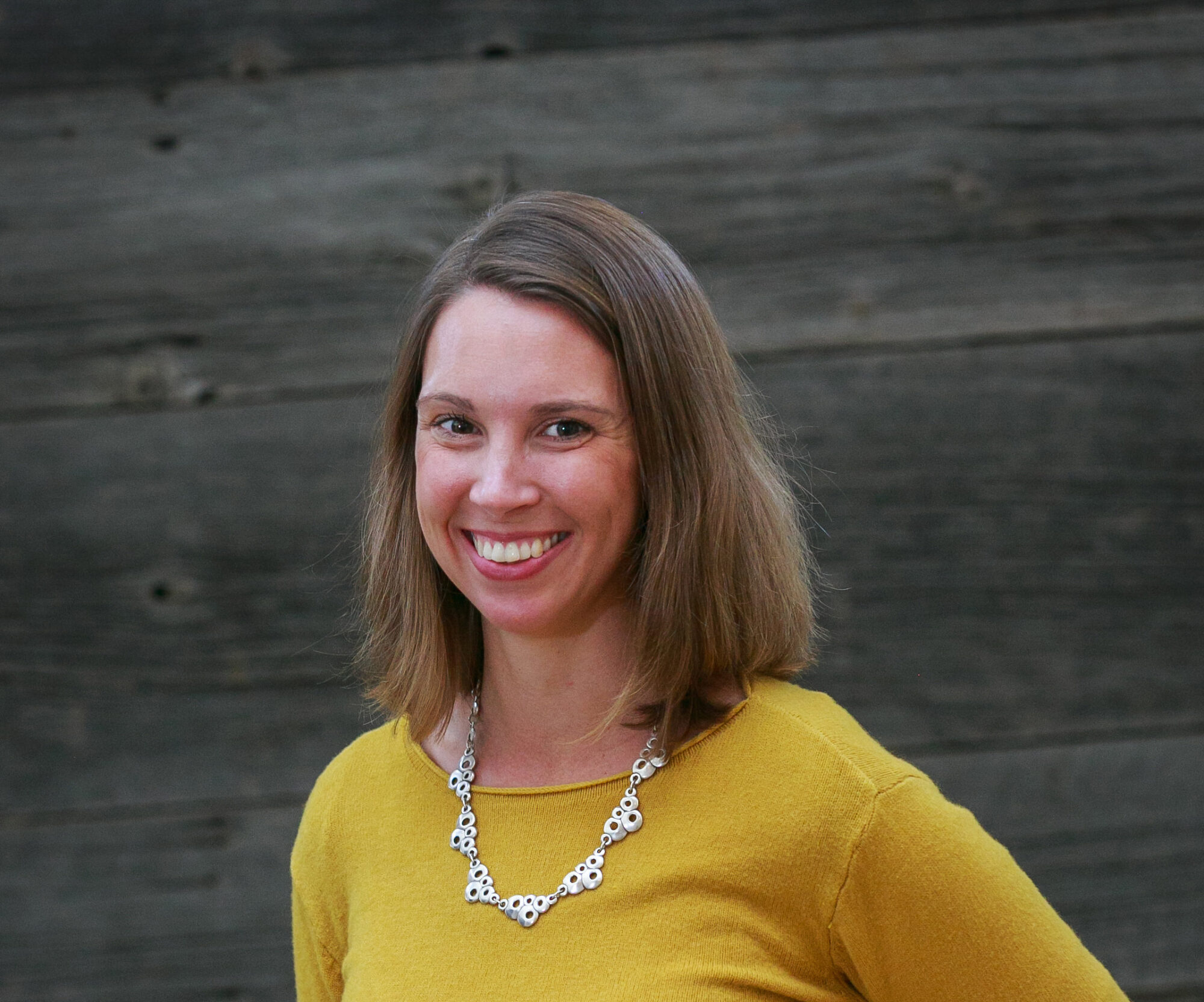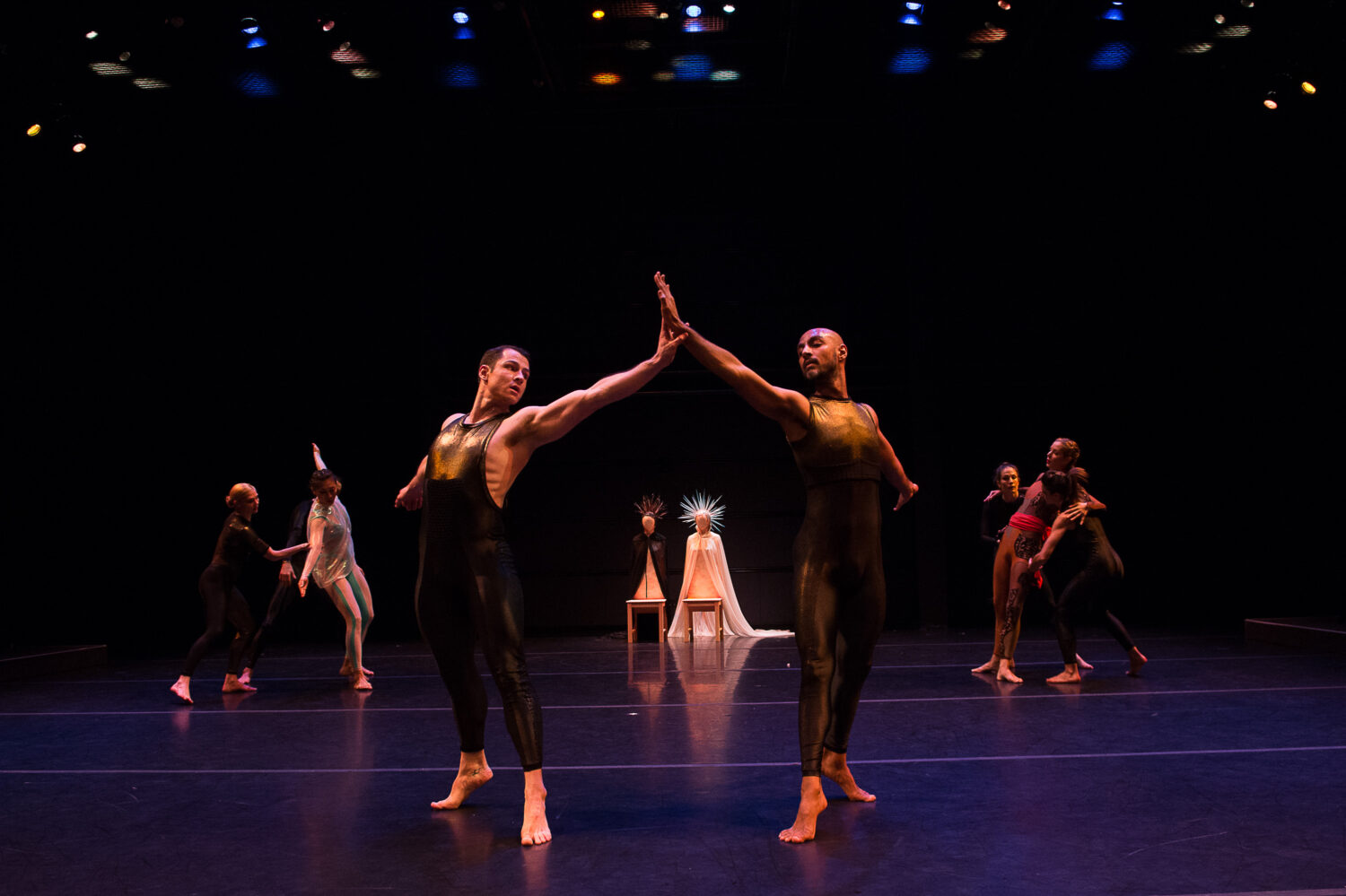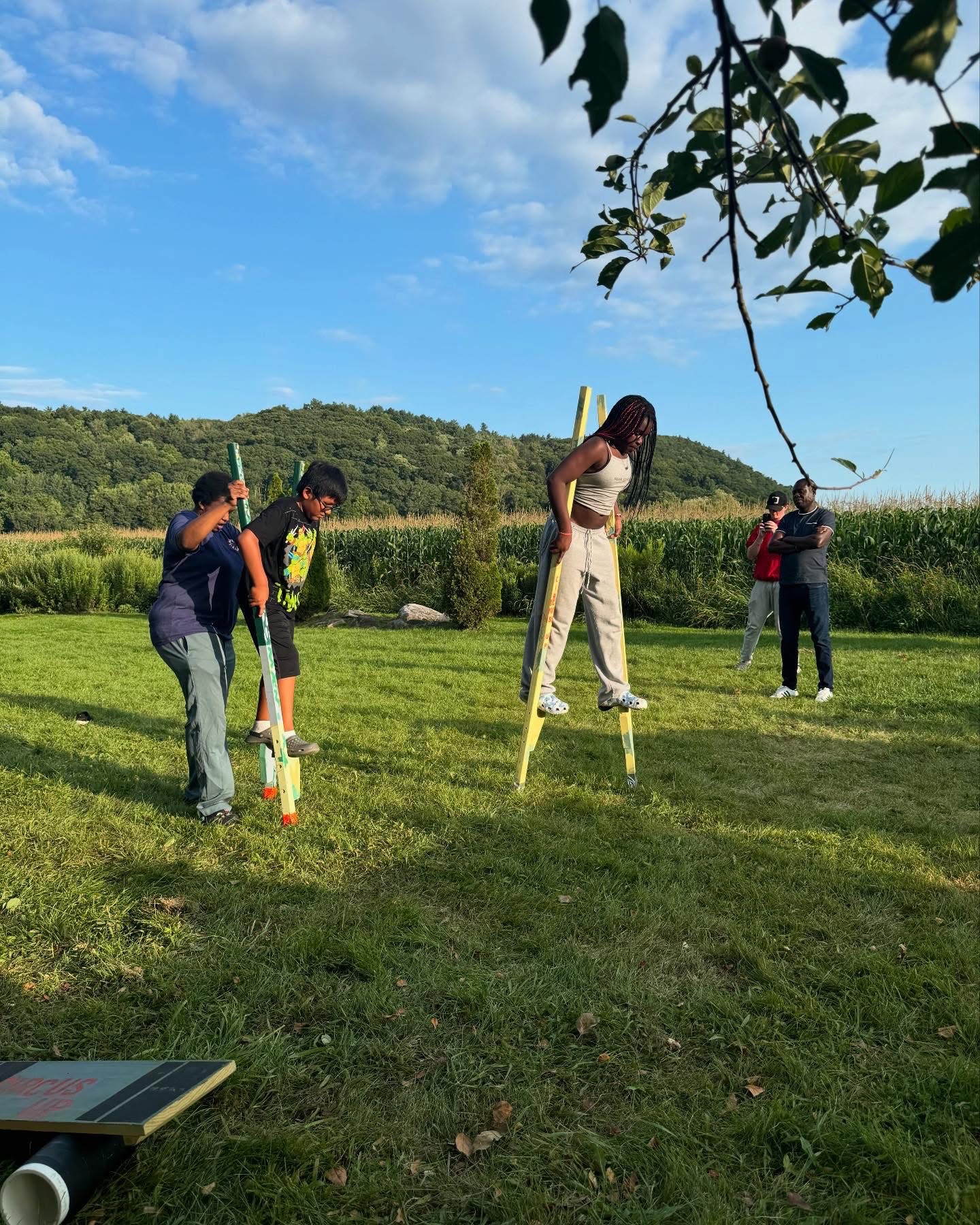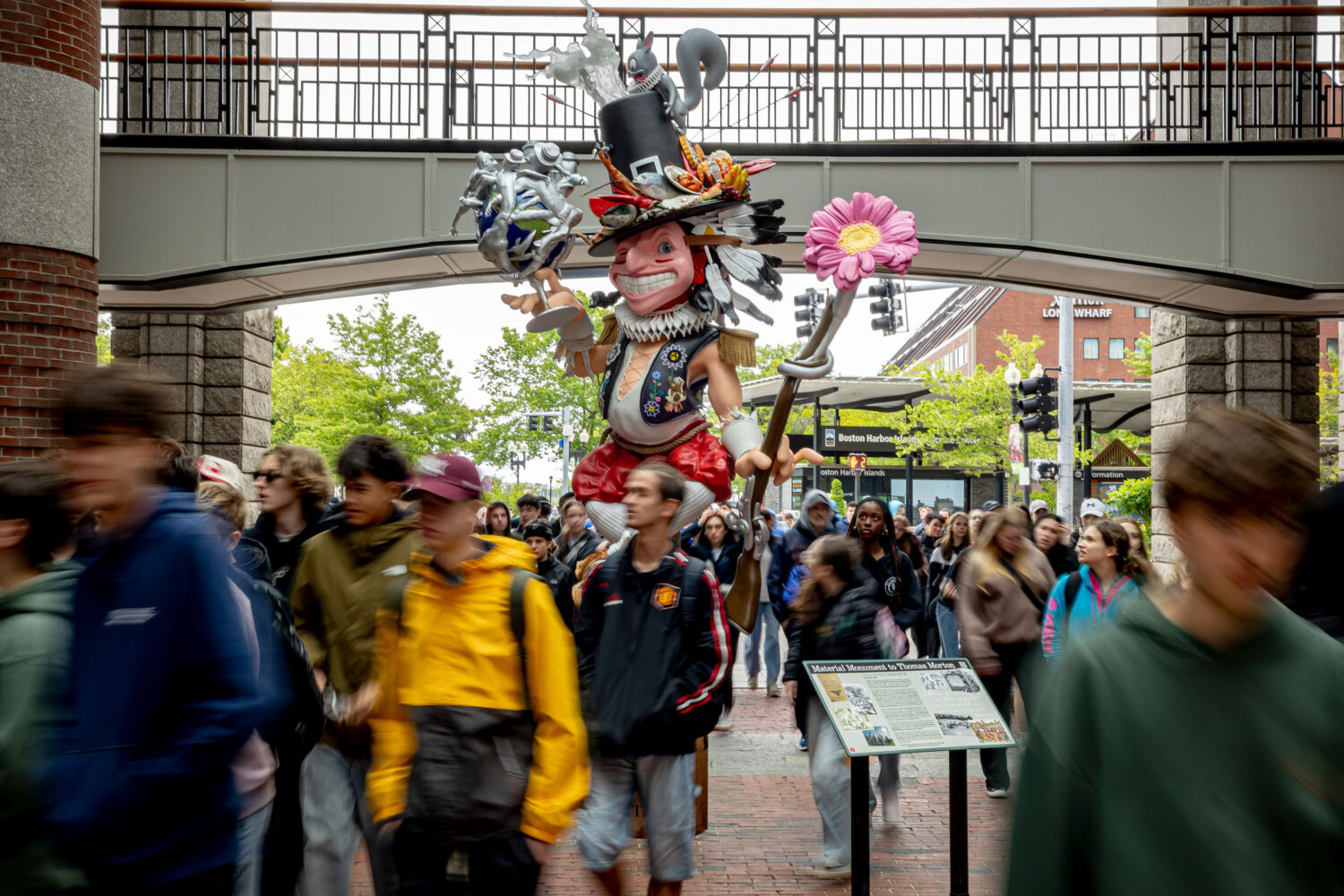Two years ago, Berkshire Taconic Community Foundation (BTCF) had just completed a community assessment of our four-county region. Through conversations and surveys of over 2,300 residents, our assessment surfaced a set of pressing issues. Importantly, we learned that the arts and the creative economy are widely considered key strengths we can build on together. At the same time, many observed that involvement in organizations is declining, while others reported feeling excluded from parts of community life. In this context, the opportunity to partner with the Barr Foundation and a group of community foundation peers through the Creative Commonwealth Initiative was timely.
This partnership became a chance for us to make a smart bet on Berkshire County’s future. By investing in organizations, people and learning, we believe we can use the proven power of the arts and the creative process to forge more engaged and equitable communities.
Listening and Learning with Residents
Our rural communities are changing. They are aging and becoming more diverse. Jobs in manufacturing and agriculture have been replaced by health care and social service jobs, and a flourishing creative economy. Affluent second homeowners and third-generation residents struggling to make ends meet show up at the same town meetings to voice different concerns.
As we zeroed in on the unifying strength of the arts and culture sector, we needed to learn more about the real and perceived barriers that get in the way of involvement. We funded a team of resident-researchers to conduct community-based participatory research in two of the county’s highest-poverty neighborhoods. Via surveys, interviews and focus groups, they reached a diverse sample of over 450 full-time residents. Their research produced a series of findings that inspire action, including:
- Widespread interest in more arts and creativity. Eighty percent of surveyed residents want to be more involved in the arts.
- Many feel disconnected and excluded. Only 1 in 5 respondents reported feeling connected to the arts, with people of color reporting comparatively lower rates of feeling included in the arts.
- There are many barriers to greater participation. Sixty percent of respondents reported barriers to participating in the arts, with cost—or cost and a related concern such as transportation, time or lack of awareness—most frequently cited.
The researchers identified a constellation of other barriers related to social discomfort, including not feeling welcome, a lack of engaging cultural content, language access, and scarce family-friendly programs and audience diversity.
Shaping the Initiative – Four Key Elements
These research results drove our planning process, which resulted in the Arts Build Community (ABC) initiative. It combines research, grant support, network and capacity building, and donor engagement to increase levels of involvement in the arts and creative process among year-round residents and organizations. It is specifically focused on creating stronger connections among arts and community-based institutions and young people, people of color and immigrants, and low-income communities. ABC’s four key elements are:
- Increased Arts Grantmaking: With grants totaling $200,000 to date, we are spurring innovation at dozens of organizations as they expand existing programs and collaborate to scale and launch new ones. Members of the research team help review grant applications and provide important perspective. The initial funding was awarded through BTCF’s first-ever rapid response grants. They went to organizations such as the Mahaiwe, a performing arts center aiming to bring underserved audiences to headlining performances, and MASS MoCA, a world-class contemporary arts museum that is forming a community advisory network to improve programming relevance. For a list of these grantees, visit our blog.
- Learning Networks: A group of seven arts and culture nonprofits in Berkshire County are participating in a yearlong learning program investigating real and perceived barriers to involvement. It is designed to help them share promising ideas and experiment with new approaches based on concepts introduced by workshop leaders with deep content expertise.
- Arts in Education: BTCF and Massachusetts College of Liberal Arts have joined forces to lead a coalition of schools and nonprofits in shaping a common vision for arts education that will ensure equitable access to cultural resources for all students, increase the use of arts-based strategies in student learning and create paths to employment at cultural institutions.
- New Arts Philanthropy: We are bringing together donors who care about the arts for small, discussion-oriented events. As they hear from researchers, nonprofits and each other, they are seeing opportunities to pursue their interests while supporting their communities in new ways.
Early Learning and Aspirations
By taking an inventory of the grant proposals, we gained a clearer sense of what grantees and our learning cohort hope to accomplish with our investments. Here are some high-level themes:
- Expanding engagement. The projects seek to engage under-represented residents through a broad spectrum of arts and culture disciplines and venues.
- Leveraging partnerships and networks. Most are collaborating with other organizations to implement their projects more effectively, thus demonstrating the power of partnerships and importance of networks.
- Addressing barriers. The research findings resonated strongly with grantees, and nearly every project is addressing barriers related to social discomfort in addition to challenges with cost, transportation and language access.
- Access and inclusion. Some grantees are expanding their scope to include other under-served residents, such as those with disabilities, older adults, LGBTQ people and those in our most remote rural areas.
We are also inspired by the range of outcomes our partners seek.
At the individual level, they want diverse audience members to feel that they belong with other patrons in our county’s many venues; return visits and relationships with institutions are among the primary goals. For families, grantees hope to provide shared experiences in venues they might not normally visit. By creating these experiences among family members, they hope to motivate those families to return for meaningful time together.
As organizations, they seek to create programs and events that reflect diverse perspectives and experiences, while building a more economically and culturally diverse base of participants. And at the community level, our grantees are pursuing a vision of stronger coalitions and increased collaboration that will ultimately foster social cohesion.
Moving Forward
As a community foundation with a special vantage point on our region, we know the solutions to our challenges are all around us. They lie in the strength of our institutions and the ingenuity of our residents. Pursuing these solutions requires close examination of uncomfortable truths about our society and systems. With the extension of our partnership with the Barr Foundation, we are grateful to be able to expand our investments and continue working collectively for lasting change.
To learn more about the Creative Commonwealth Initiative and work underway to advance arts and creativity in five regions across Massachusetts, click the button below.
